Introduction

Tele lenses with a huge entrance pupil are being called “Air Cutter” in China, which I think is quite a fitting description when looking at portrait pictures taken with them featuring that super thin depth of field. So far we have only seen 200mm 2.0 lenses from the Japanese manufacturers, but now Laowa decided to also offer a lens like this and even managed to make it the smallest and lightest lens in its class – making this Laowa AF 200mm 2.0 C-Dreamer the original Chinese Air Cutter. Let’s have a closer look!
Sample Images
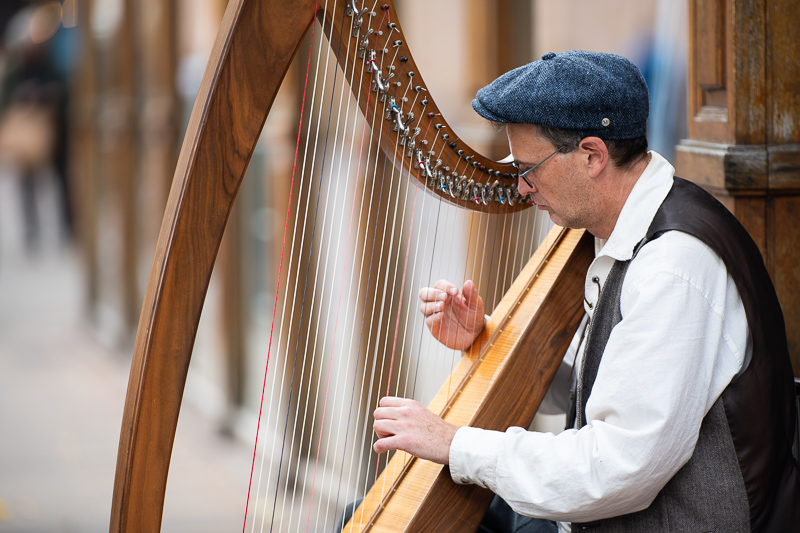

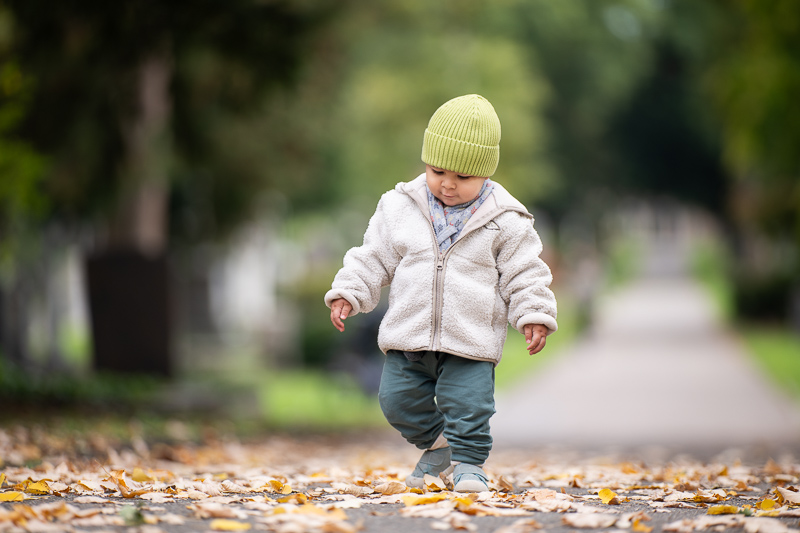




You can find most of the shots in this review in full resolution here.
Contents
Specifications
I received an early pre production sample for Nikon Z-mount which has the following specifications:
-
- Diameter: 118 mm
- Field of view: 12° (diagonally)
- Length: 177 mm
- Weight: 1778g (without hood[91g], without tripod foot[105g] without caps)
- Filter Diameter: 105mm (front) + 43 mm (rear slot-in)
- Number of Aperture Blades: 9 (rounded)
- Elements/Groups: 11/9 + rear filter

- Close Focusing Distance: 1.5 m
- Maximum Magnification: 1:6.5
- Mount: Nikon Z, Sony E, Canon EF, Fuji GFX
buy from manufacturer’s homepage | ebay.com | ebay. de | B&H (affiliate links) for $1999
Disclosure
The Laowa 200mm 2.0 AF C-Dreamer was kindly provided free of charge by Venus Optics / Laowa for reviewing purpose for a few weeks.
Handling / Build Quality

This Laowa 200mm 2.0 AF C-Dreamer follows the design language of Laowa’s other AF lenses like the Laowa 10mm 2.8 AF or the Laowa 180mm 4.5 Apo Macro.
The huge focus ring rotates ~220° from the minimum focus distance (1.5 m) to infinity which allows for setting precise focus in MF mode.
The lens also features an aperture ring with rather soft a-third-of-a-stop click-stops. The aperture ring can also easily be de-clicked.
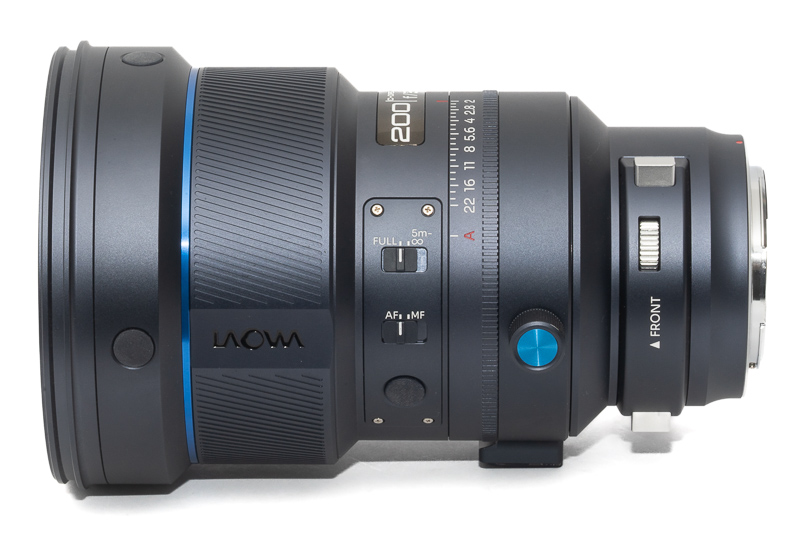
On the left side of the lens we have a focus limiter as well as an AF/MF switch and the first lens button. At the front there are four more radially orientated lens buttons.
On all the lenses I am aware of the top switch is the AF/MF switch and the limiter situated below it so I always set the limiter when I actually wanted to switch the focus mode.
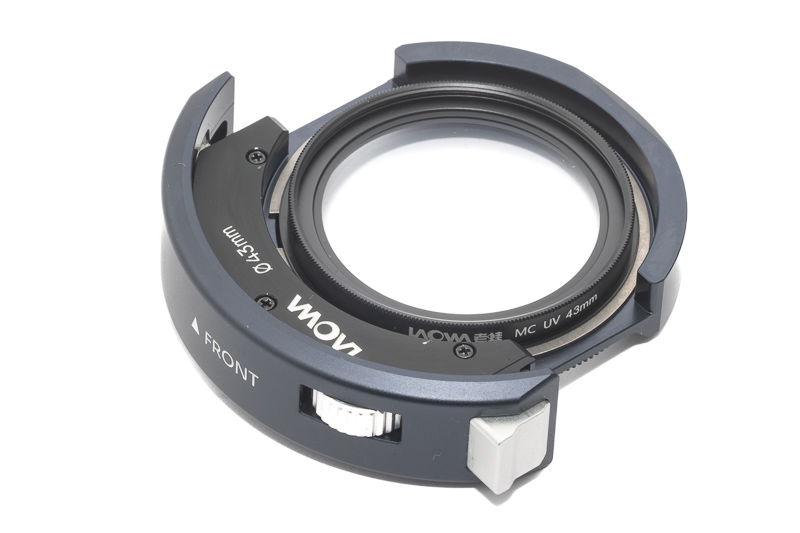
The lens also has a rear filter slot. It comes with a filter drawer that features a standard 43mm screw-on clear filter that can be replaced with an ND filter or polarizer. Laowa did something extremely customer friendly here: the filter drawer already features a small wheel to rotate the filter, making it possible to use a polarizer without having to buy an expensive additional accessory. For Nikon’s and Canon’s 200mm lenses you have to buy another filter drawer for that purpose. If you want to use a polarizer in this filter slot you need a very thin one though, my Hoya Cir-PL Slim did not fit.
The lens features an additional 105mm front filter thread.
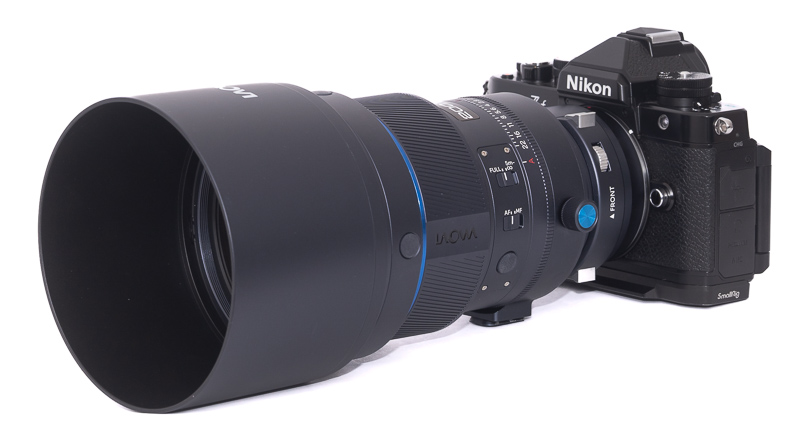
The hoods of Canon’s and Nikon’s 200mm 2.0 lenses were made of aluminium, this one seems to be made from polycarbonate instead. It does feel less sturdy but it is also lighter.

The lens also ships with a removable tripod foot which features an arca swiss profile out of the box which is a very nice touch. The collar is non removable and features click-stops every 90°.

Compared to the 200mm 2.0 lenses for (D)SLRs this Laowa 200mm 2.0 AF is noticeably smaller and lighter, as can be seen from the comparison above. It is actually closer in terms of size and weight to the Sigma 105mm 1.4 Art.
AF Performance
Generally the AF is very fast and with the limiter switch you an speed up things even more.
Sadly, in the time I had with this lens I did not get the chance to shoot something that would be very demanding for the AF.
For portraiture and humans moving at normal speed it was definitely fine, if you are looking at this lens for sports applications it might be worthwhile to check for another review with a stronger emphasize on the AF performance first though.
Vignetting
light falloff

| f/2.0 | 1.9 EV |
| f/2.8 | 0.9 EV |
| f/4.0 | 0.3 EV |
| f/5.6 - f/22 | 0.1 EV |
Wide open the vignetting amounts to almost 2 EV in the corners but things improve fast on stopping down. Latest by f/4.0 it is hardly noticeable anymore. All the super fast 200mm lenses I tried show a very similar performance here and the differences are negligible. The Laowa’s smaller size didn’t not lead to a worse performance in this category, as one might have expected.

It is recommended to have a look at this article first to get an idea how this brightness graph works.
optical vignetting
Very fast lenses usually show a significant amount of optical vignetting. Without going too much into technical details optical vignetting leads to the truncation of light circles towards the borders of the frame.
In the center of the frame almost every lens will render a perfect circle, but only lenses with very low optical vignetting will keep this shape in the corners.
So in the following comparison we move from the center (left) to the extreme corner (right) and see how the shape of the light circle changes.
Both lenses were shot side-by-side and with a test target it was insured they are actually focused at the same distance (2.2 m).
We can see some interesting things here. Let’s start with the elephant in the room: in this comparison the Nikon lens shows noticeably bigger circles, why is that? There are two reasons for that: first is, that according to its patent the Nikon is actually a 195mm f/1.84 lens, so slightly faster than f/2.0. The second more important reason is focus breathing. At its minimum focus distance the Laowa’s focal length shrinks to 174mm, which puts it at a disadvantage here. This was a compromise needed to realize a much smaller and lighter lens.
The other thing we can see is that the Laowa also shows stronger optical vignetting (cat’s eyes) in the corners. We will have a closer look at this in the bokeh section. Of all the 200mm f/2.0 lenses this Laowa is the one with the strongest cat’s eyes. It is not a huge difference but it can be noticeable when looking for it.
Sharpness
MTF-Graphs

According to Laowa’s MTF graphs, this lens should have very high contrast across the whole image frame and still very good resolution albeit with a low amount of astigmatism.
Most MTF-Graphs show calculated values that do not take into account manufacturing tolerances and sample variation. Furthermore they are usually calculated for infinity, so in the field and shooting at different distances a noticeable variation may be visible.
Focus Shift
I think I did not come across a Laowa lens with noticeable focus shift yet and that streak does not end with this 200mm 2.0. We can see a bit of bokeh fringing here at f/2.0, we will have a closer look at that in the longitudinal CA section.
infinity (24mp Nikon Zf)

Across the whole frame this lens is a little bit softer at f/2.0 compared to stopped down a bit. Center and midframe look great from f/2.8, the corners lack slightly behind and look best around f/5.6.
In this category the older Canon EF 200mm 1.8L USM and the Nikon AF-S 200mm 2.0G IF-ED VRI were the best performers I tested, but keep in mind heat haze can always have a negative influence (it surely did here) and I did not get the chance to shoot these lenses side-by-side under the same exact conditions.
Also keep in mind I used this lens on the Nikon Zf with its stupid asymmetrical AA filter whereas I tested the other lenses on the Sony A7rII, putting this one at a disadvantage.
portrait distance 5.0 m (24mp Nikon Zf)
For portraiture it isn’t so important how flat the field is, it is more interesting to see what the sharpness is like when focused at different parts of the frame to take field curvature out of the equation.
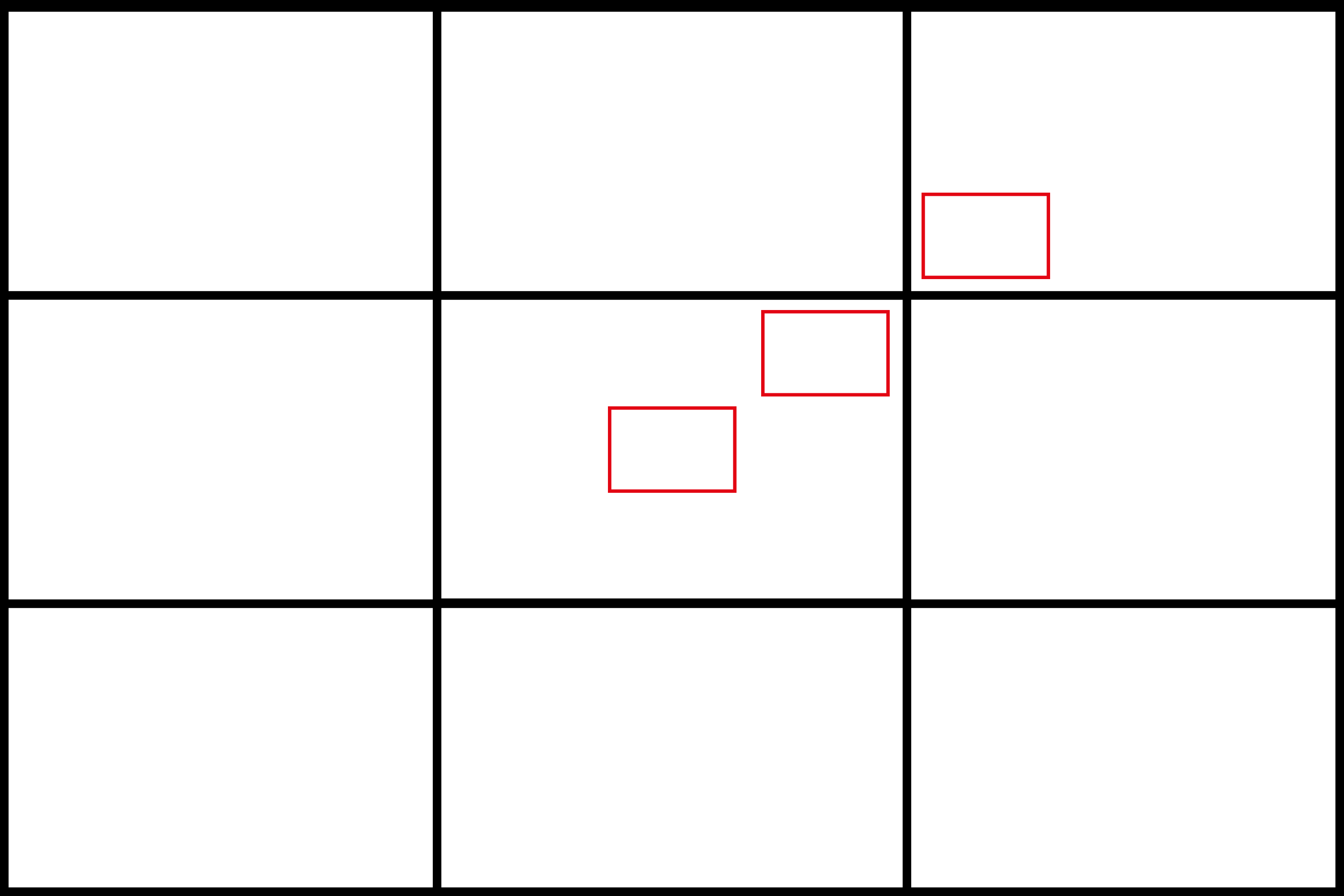
This is what I did here, I refocused for every shot and aperture to get the best possible result at different locations in the frame (center, inner midframe and outer midframe).
Focus distance was roughly 5.0 m and the circle of the dollar bill is more or less the size of a human eye.
f/2.0 <————> f/2.8
At portrait distances we see a very good performance from f/2.0. As the outer midframe looks a bit better at f/2.0 here than the inner midframe it is possible that the focus in the inner midframe was not set perfectly. Either way, you will have no reason to complain about a lack of contrast or resolution at portrait distances with this lens.
close focus 1.5 m, 1:6.5 (24mp Nikon Zf)
Nikon Zf | Laowa 200mm 2.0 AF | 100% crops from center
The Laowa 200mm 2.0 is actually the closest focusing lens in this class and the one offering the highest magnification. It is a bit softer at f/2.0 though and stopping down to f/2.8 increases the contrast noticeably. This is actually the case for most of these 200mm 2.0 lenses. The exception being the Nikon AF-S 200mm 2.0G IF-ED VR, which features a slightly worse magnification (1:7.5) but already looks as good at f/2.0 as this Laowa when stopped down to f/4.0.
Flare resistance

All these super tele lenses I tried had some issues with veiling flare with the sun outside of the frame and this Laowa is no exception.
With this class of lenses I also recommend to always use the lens hood whenever possible.
At the maximum aperture in addition to the veiling flare we can also see some rainbow artefacts. This is actually not something I have seen from the other 200mm 2.0 lenses.
Stopped down those rainbow artefacts are gone, the veiling flare is still present.
None of the super fast 200mm lenses fared well in this category so far and this holds true for this Laowa lens as well.
Distortion
Distortion is very low. With a lot of straight lines in the picture, dialing in something like -1 or -2 in Lightroom/Photoshop can be used to get rid of the small residual distortion.
Bokeh
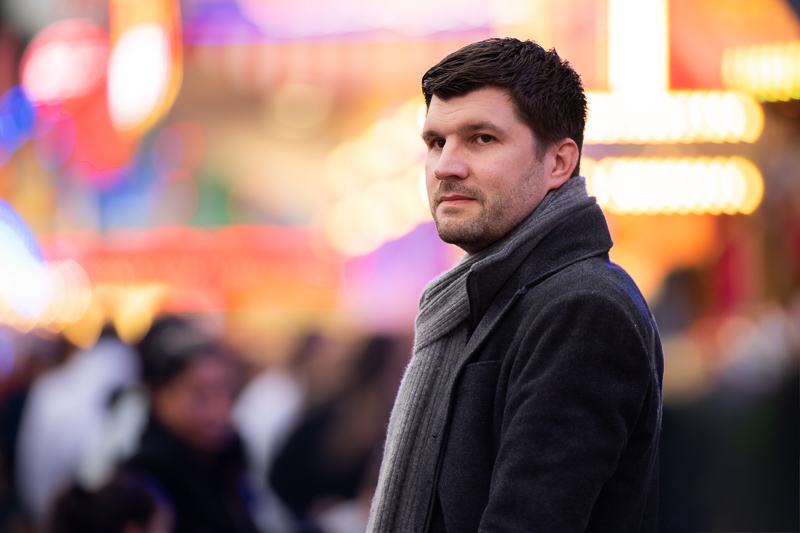
One of the main reasons to get a 200mm 2.0 lens these days is for their bokeh qualities, so let’s have a closer look how this Laowa lens performs here.
Close Distance


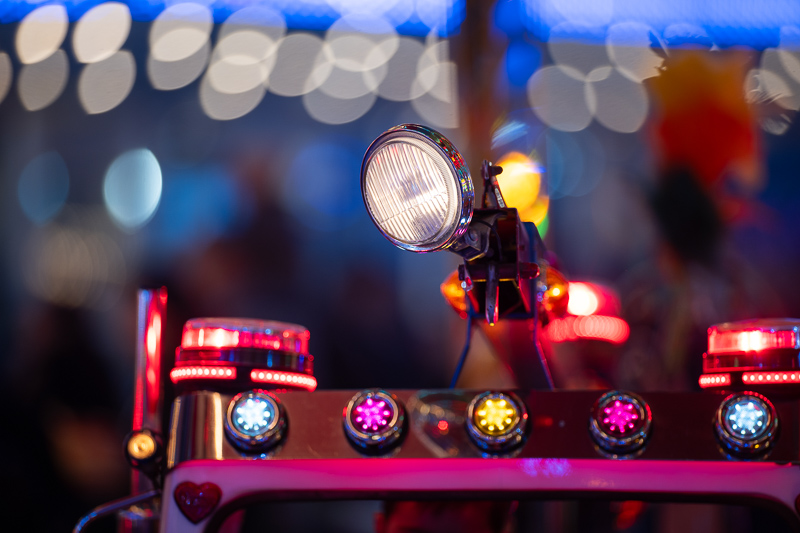
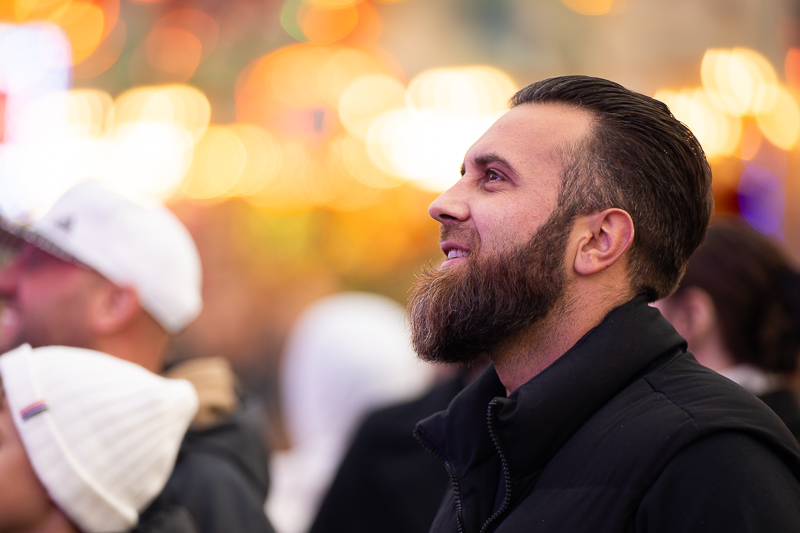
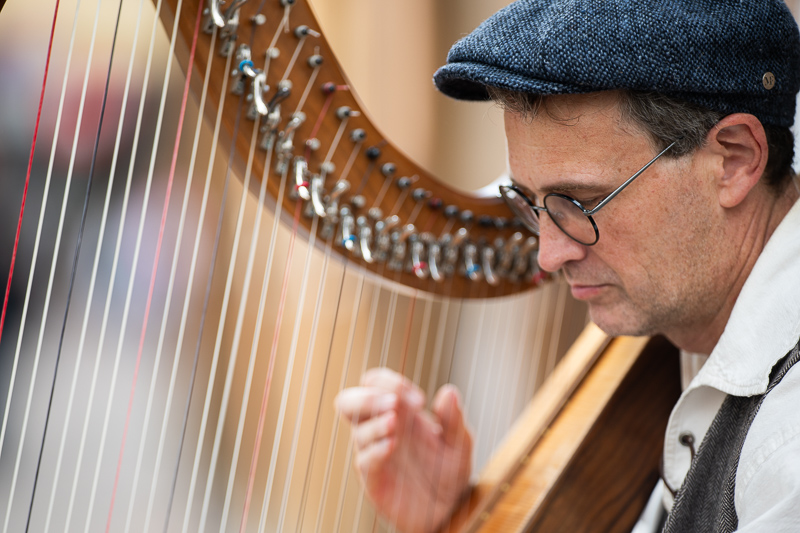
At closer distances this lens completely obliterates the background into a soft blur. With a lot of point light sources we can definitely see the optical vignetting leading to noticeable cat’s eyes in the corners.
Mid Distance


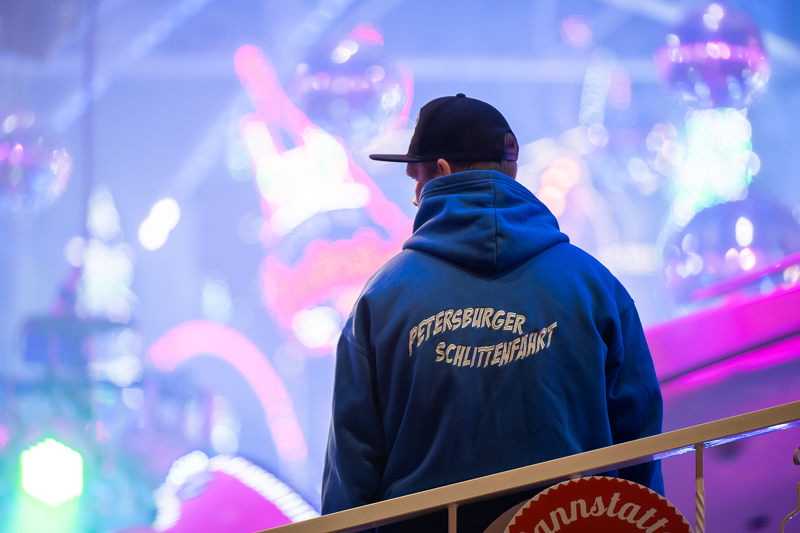

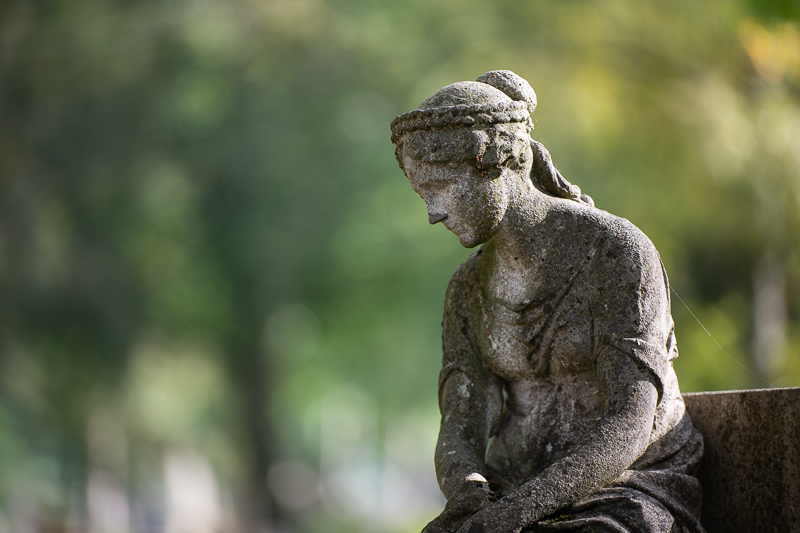
At these mid distances the subject really stands out thanks to high contrast and resolution in the focal plane.
Long distance




Long focus distances are where this class of lenses really shines, as they allow to create a very shallow depth of field even in full body portrait situations or with big objects like cars. The disadvantage is, that you need enough room to work with such a long lens.
Compared to: Nikon AF-S 200mm 2.0G IF-ED VRI
The Nikon AF-S 200mm 2.0G IF-ED VR is the lens in this class I found to render the most appealing bokeh, so let’s see how this Laowa compares.
As said before the Laowa shows stronger focus breathing than the Nikon lens. For these comparisons I cropped the Laowa’s pictures to give the same framing which puts it at a slight disadvantage which is mostly visible in close focus scenarios (like Scene 1).
Scene 1: Forest Close Distance
Scene 2: Forest Mid Distance
Scene 3: Forest Mid Distance
Scene 4: Forest Mid Distance
Scene 5: Forest Long Distance
Observations
Let’s get this out of the way first: in terms of contrast, resolution and color transmission I do not see any meaningful differences.
When it comes to these complex backgrounds the Nikon lens creates a slightly smoother background bokeh, especially towards the corners thanks to less optical vignetting.
Would you ever notice these differences without a direct side-by-side comparison as I did it here? Probably not.
Coma
Nikon Zf| Laowa 200mm 2.0 AF C-Dreamer | 100% crops from extreme corner
Coma is corrected well, light points near the corners are not deteoriated.
Sunstars
I doubt anyone on their sane mind will buy a lens like this to shoot architecture during blue hour. The sunstars also don’t look particularly appealing.
If you want to learn more about this topic have a look at this article.
Chromatic aberrations
lateral
We see a very low amount of lateral CA. This is easily corrected in post by just one click, so nothing to worry about.
longitudinal
As we have already seen in the focus shift section we can see a low amount of bokeh fringing at close to mid focus distances. Stopping down to f/2.8 is enough to get rid of this.
The Nikon AF-S 200mm 2.0G IF-ED VR and the Canon EF 200mm 2.0L IS USM correct this aberration pretty much perfectly.
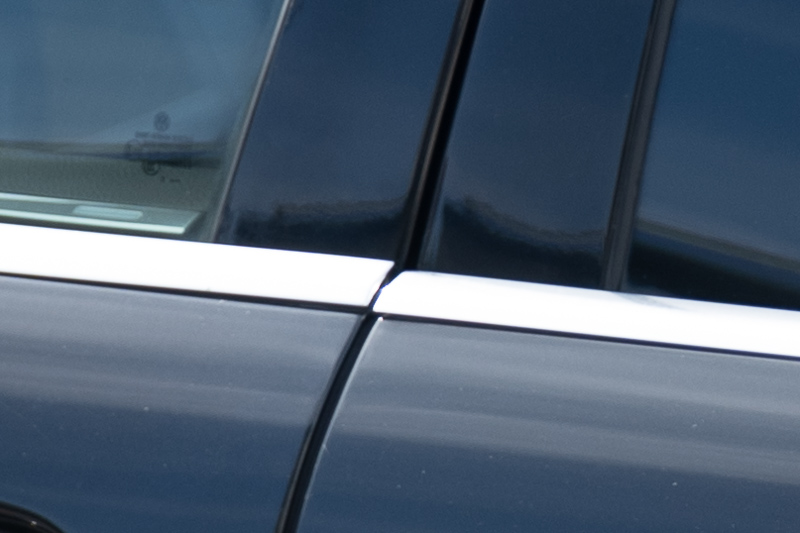
Purple fringing is correct very well though.
Conclusion
good
|
average
|
not good
|
We haven’t seen a new 200mm 2.0 lens for more than 15 years and then we get two new ones within a month, who would have expected that?
Laowa chose to make this type of lens available to a broader audience by significantly reducing its weight, size and price compared to the existing options. To do that, some compromises had to be made: no optical stabilizer, more focus breathing than the first party options and a bit stronger optical vignetting (cat’s eyes).
Those are actually well chosen compromises, that – for most of the applications for a lens like this – will be hardly field relevant. In terms of contrast and resolution it can keep up with the more expensive options and with its fully working rear filter drawer and arca swiss style tripod foot it also features the most customer friendly accessory set.
There has never been a better time to give a 200mm 2.0 lens a chance than now.
buy from manufacturer’s homepage | ebay.com | ebay. de | B&H (affiliate links) for $1999
Alternatives
I have already reviewed all of the AF options still designed for (D)SLRs: the Nikon AF-S 200mm 2.0G IF-ED VR, the Canon EF 200mm 2.0L IS USM and the Canon EF 200mm 1.8L USM.
All these lenses are noticeably heavier, bigger, only available used and even used more expensive than this Laowa lens new. Among the (D)SLR options my favorite is Nikon’s version, as I think it draws the most appealing bokeh.
The closest competitor – which I did not yet review – is the Sigma 200mm 2.0 DG OS Sports though, released a month earlier than this Laowa lens. The Sigma has actually been designed for mirrorless cameras and is only slightly bigger than and almost the same weight as this Laowa lens. It features the most complex optical design among these lenses and also an optical stabilizer. Its main disadvantage on paper: it is about 65% more expensive.
Sample Images





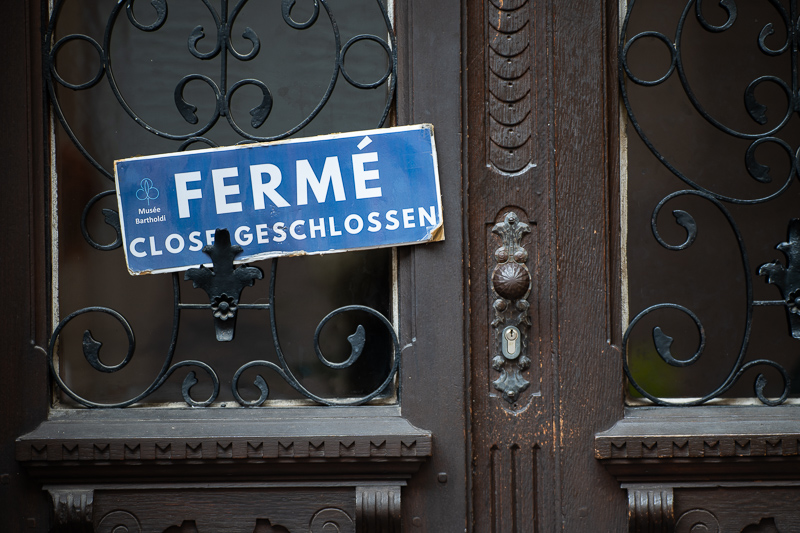





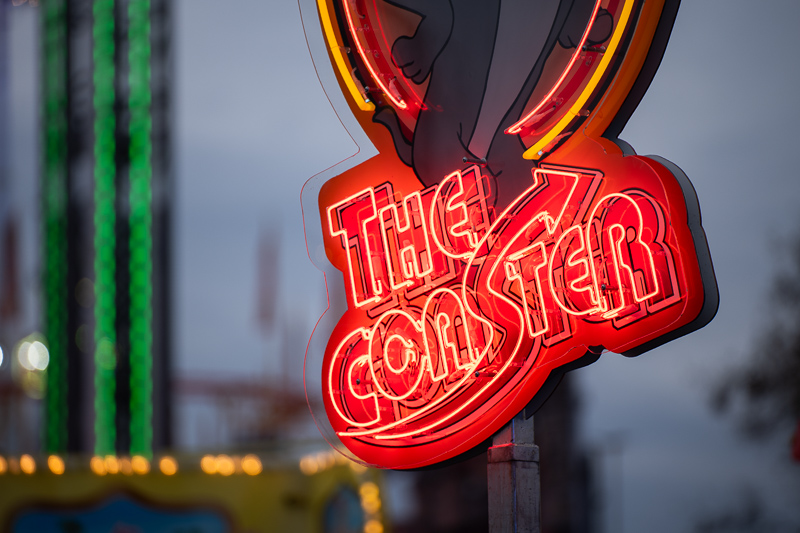






You can find most of the shots in this review in full resolution here.
Further Reading
- All Lens Reviews
- Sony FE lenses: Our Guide to Portrait Lenses
- Review: Zhong Yi 135mm 1.4 Speedmaster
- Review: Viltrox AF 135mm 1.8 LAB
- Review: Olympus 180mm 2.0 OM Zuiko
Support Us
Did you find this article useful or just liked reading it? Treat us to a coffee!
![]()
![]()
![]() via Paypal
via Paypal
This site contains affiliate links. If you make a purchase using any of the links marked as affiliate links, I may receive a small commission at no additional cost to you. This helps support the creation of future content.
Latest posts by BastianK (see all)
- Analogue Adventures – Part 46: Fujichrome Provia 400F (expired) - November 19, 2025
- Review: Irix 45mm 1.4 Dragonfly - November 15, 2025
- Review: Nikon 50mm 1.8 Series E - November 12, 2025



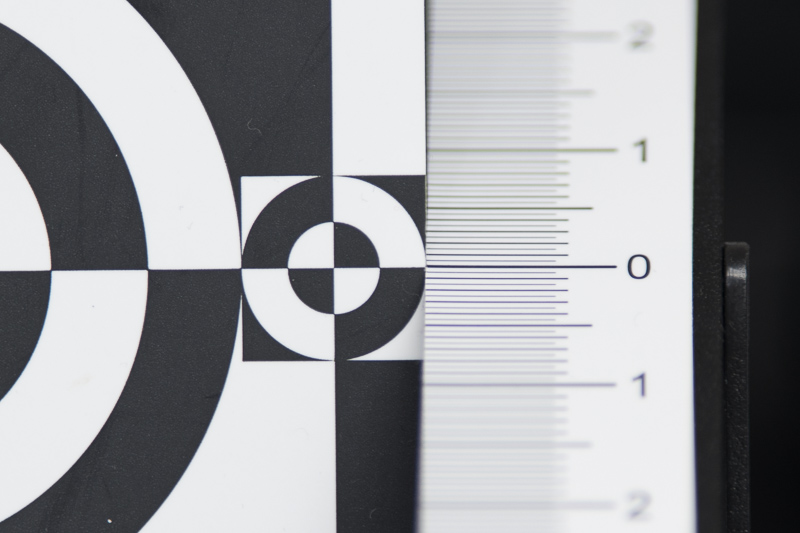




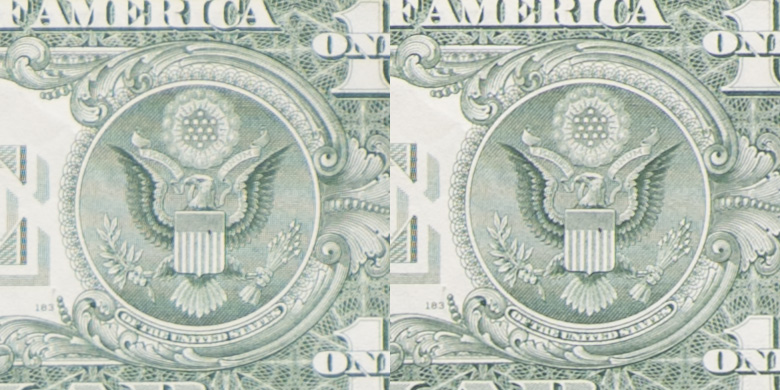





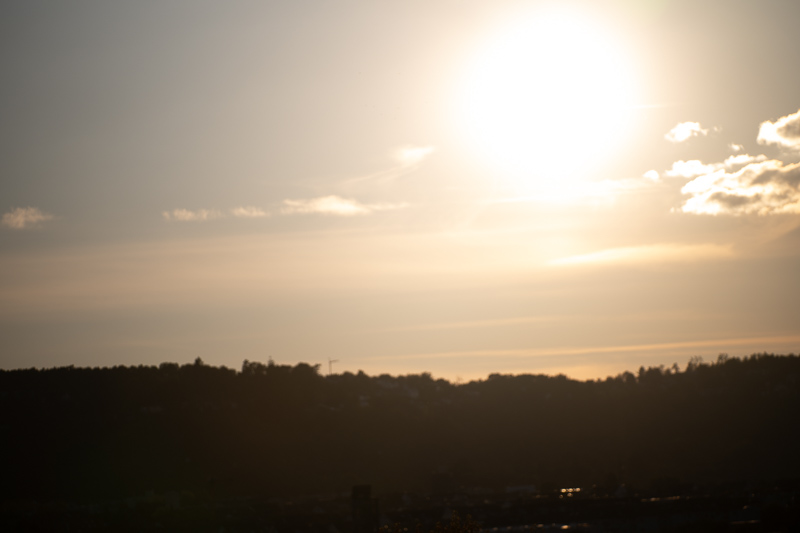
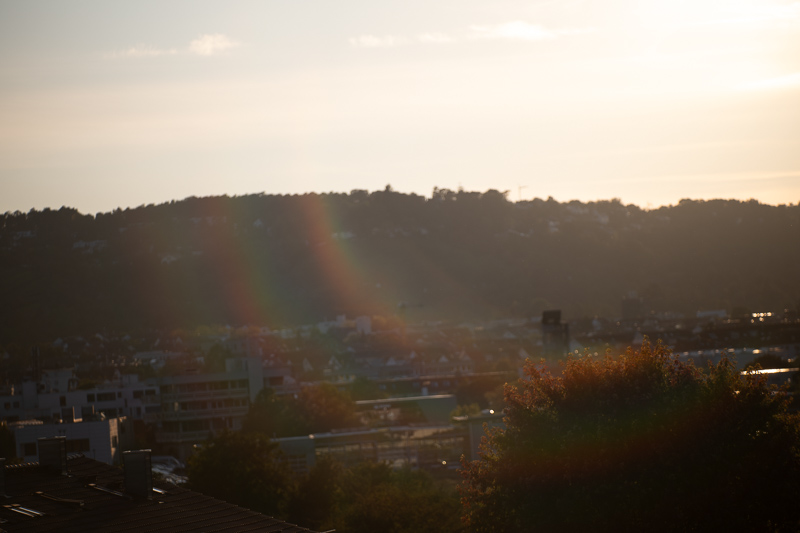



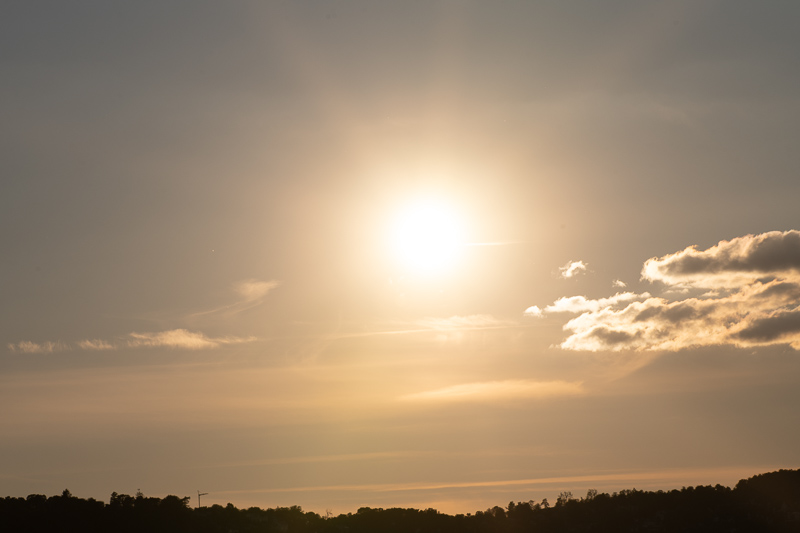

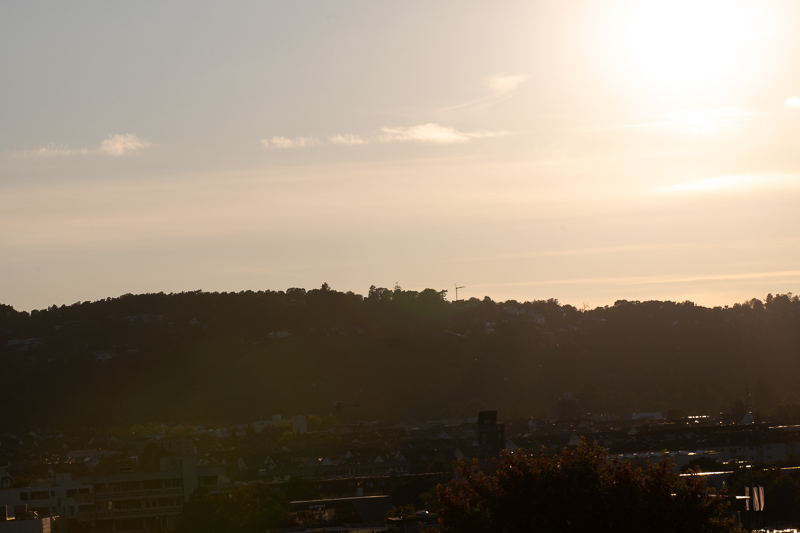
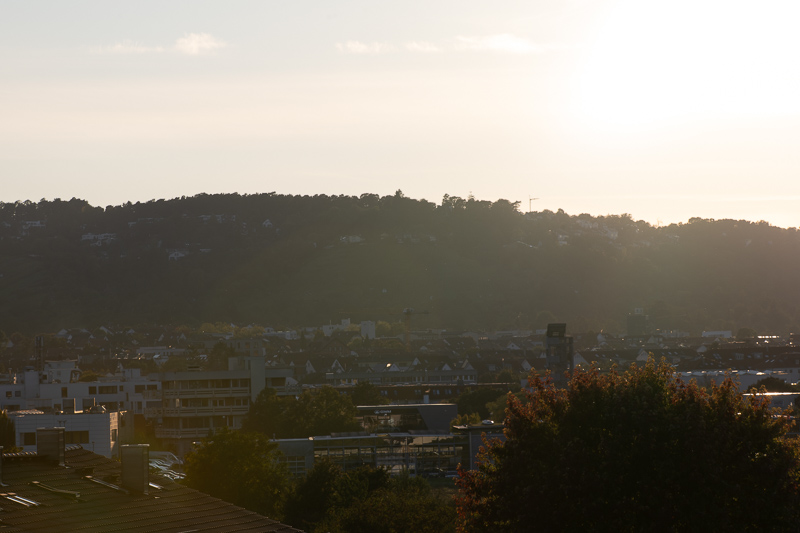










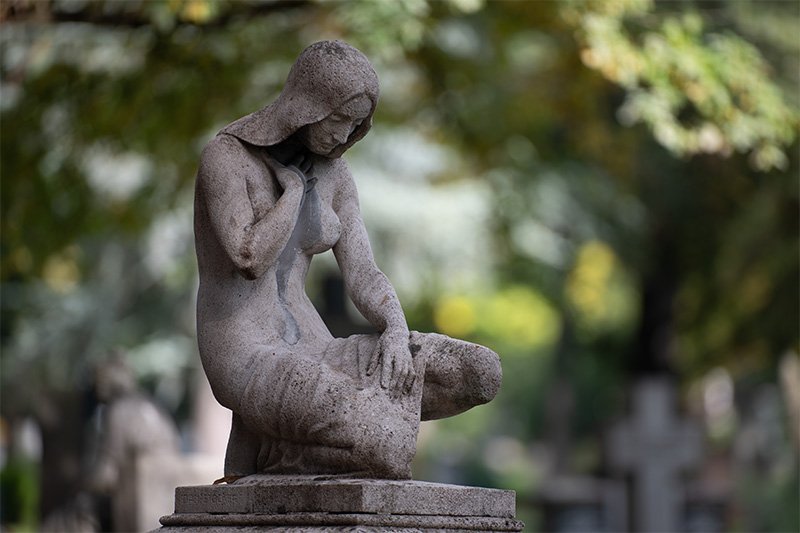


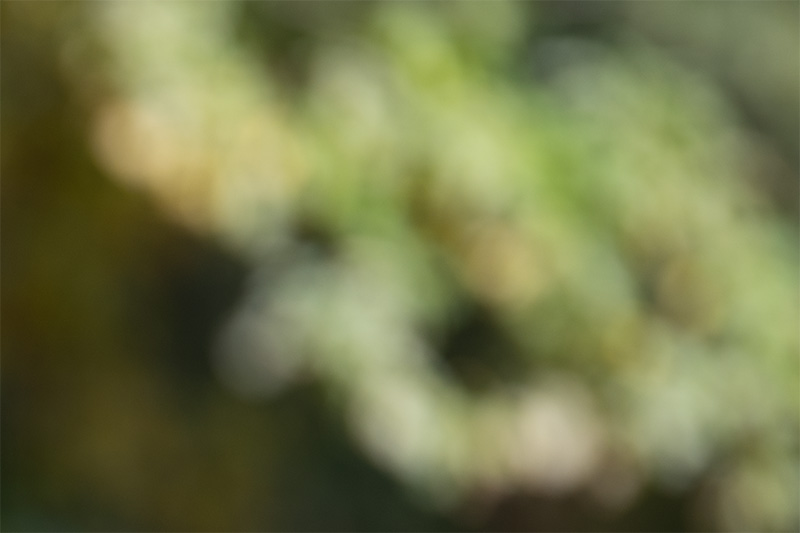



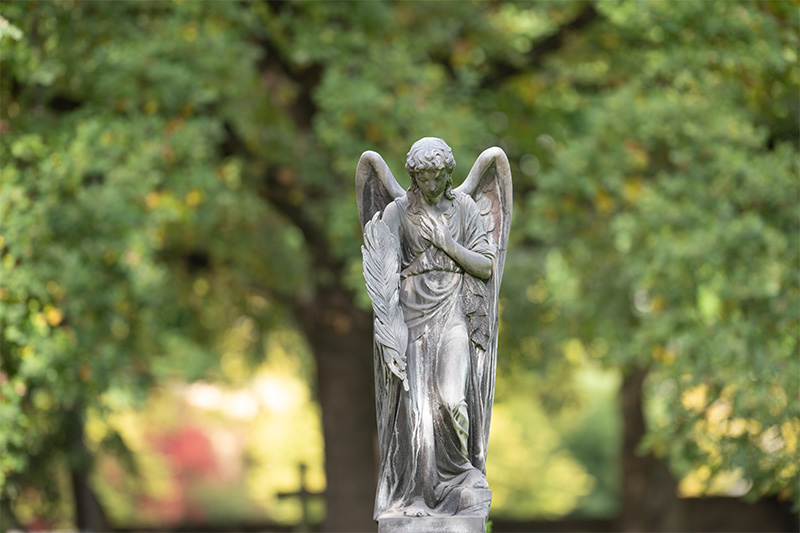
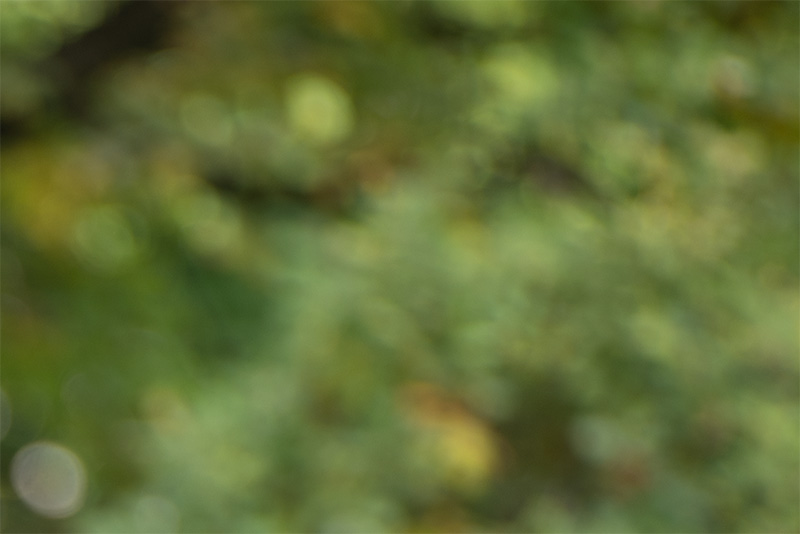
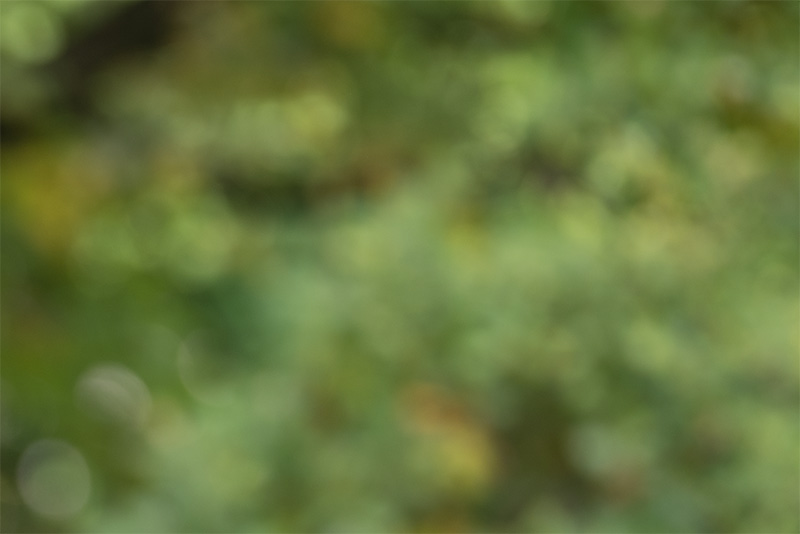
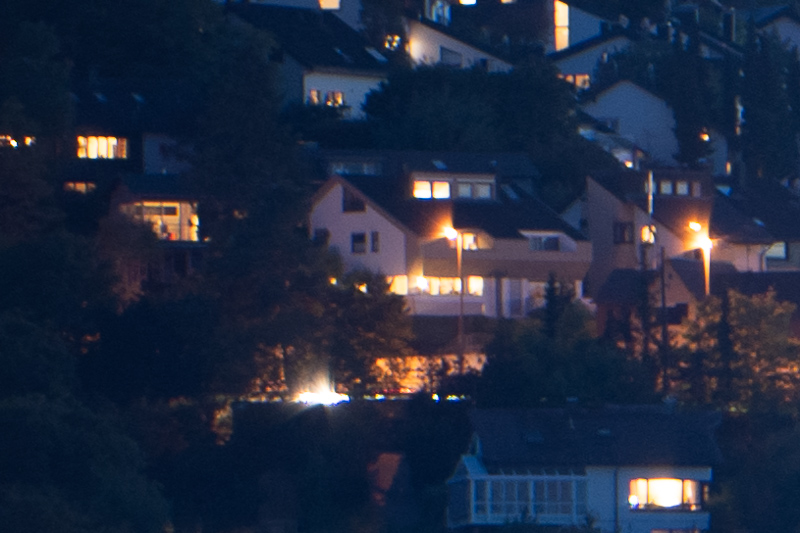


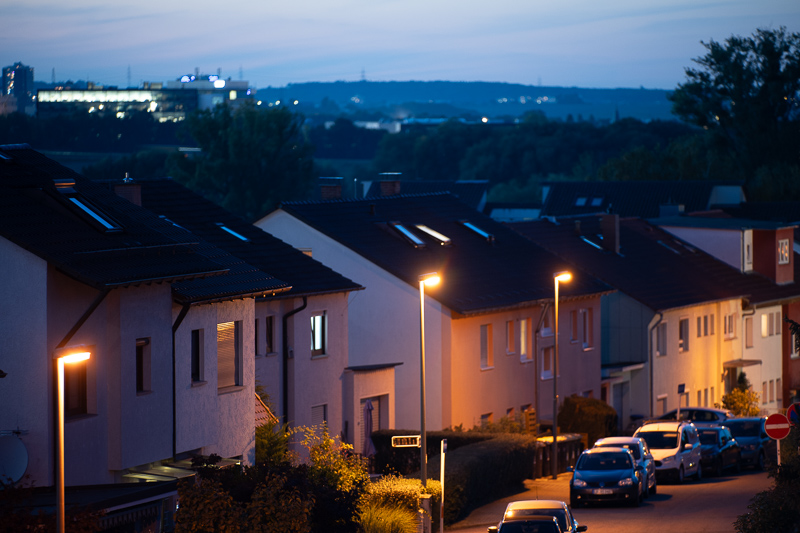
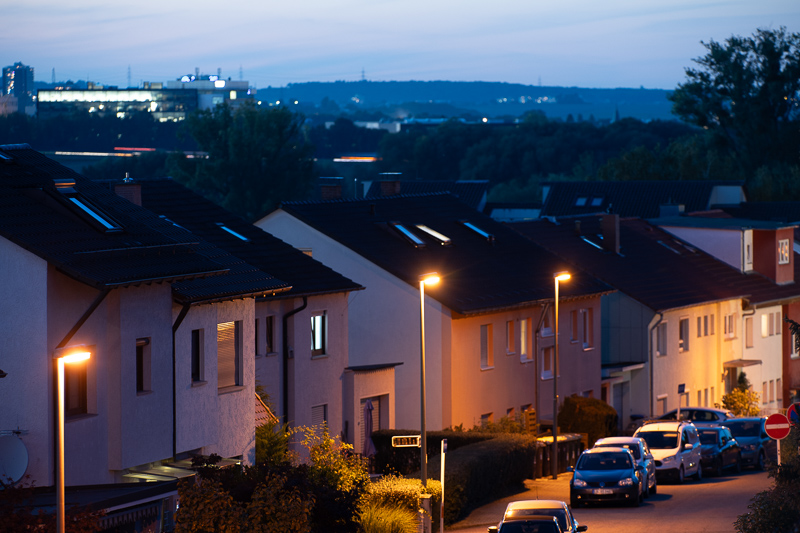


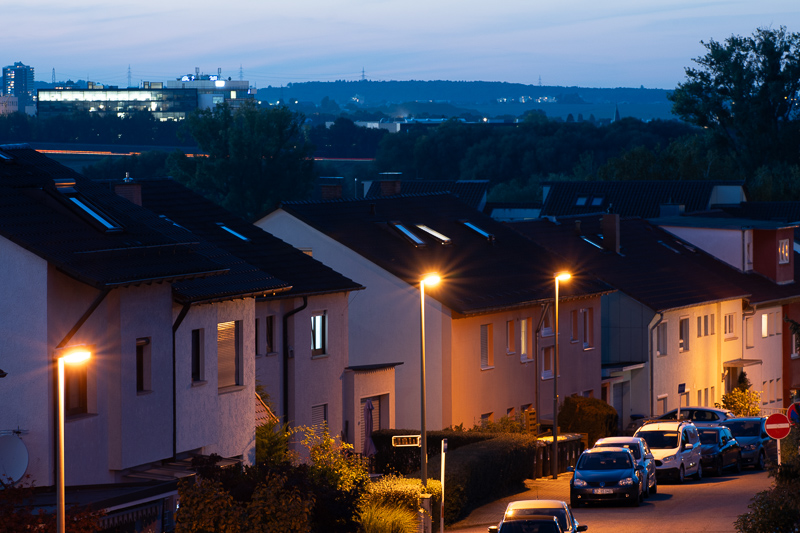


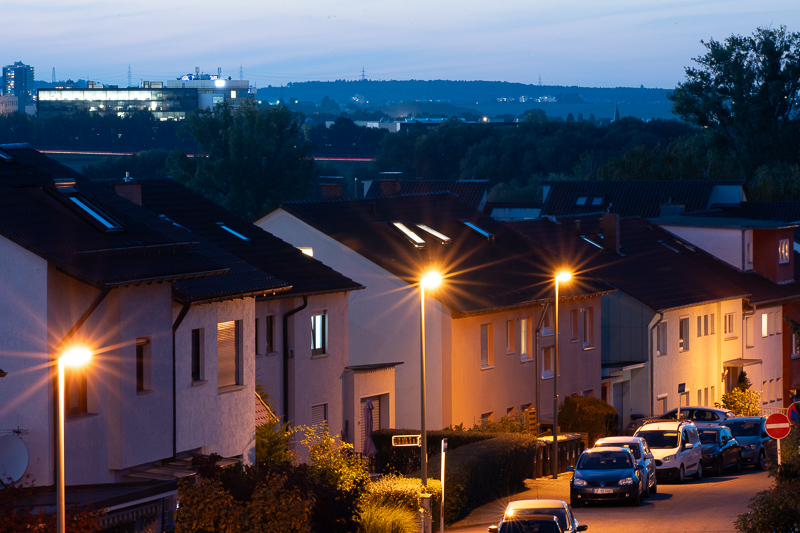

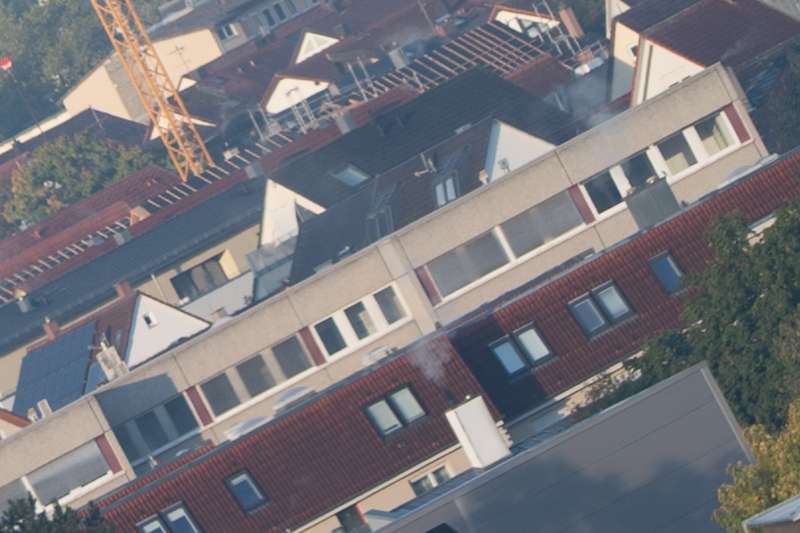
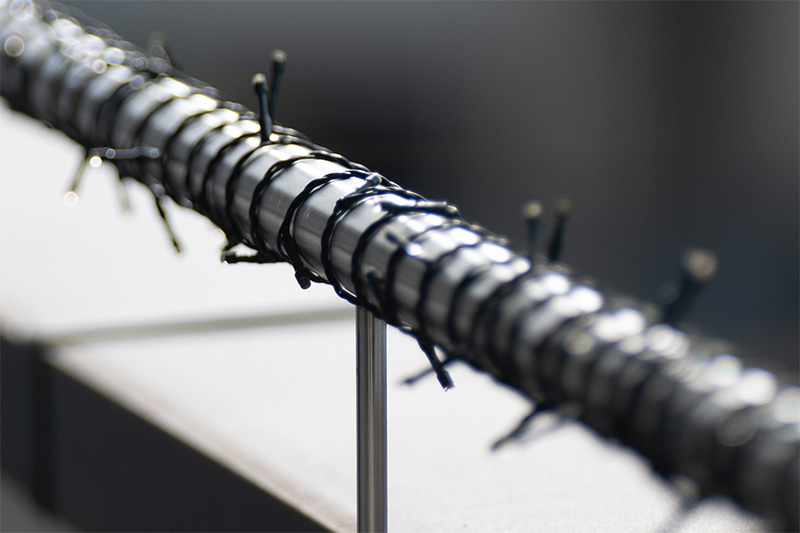
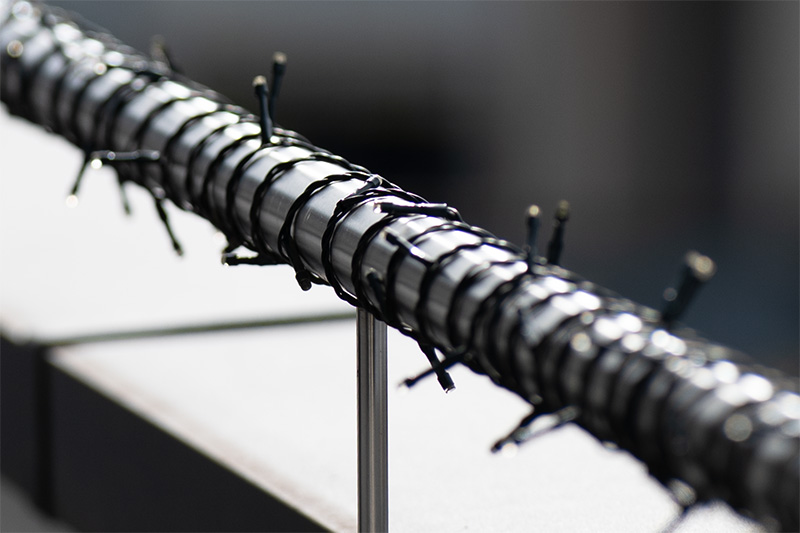
Hi!
I am wondering how the Laowa compares to the old Canon EF 200mm F2.8
Specially at closer focus where the laowa has heavy breathing, I dont think it will have much advantage in terms of blur because of the shorter lenght
Thanks!
They both share the same minimum focus distance and magnification so breathing will be similar. Which still leaves the Laowa with a one stop bigger aperture.
This is correct.
Fun fact: you can see here that the Canon 200mm 2.8 II turns into a 172mm f/3.2 lens at its minimum focus distance.
Back in the day just no one cared about focus breathing.
Thanks. Good to know that it matches the old 2.8
I think this will pair nicely with my Sigma 105mm 1.4 ART for portraiture. Bonus? I already have a 105mm filter set!
No this is how companies have decided to get around the Canon restricted RF mount. Release the lens AF in EF-mount and tell Canon users to use it with an adapter.
For this lens you loss out on the filter drawer in EF-mount, but now you can use it on Gfx cameras and speedboosted on m43rds cameras.
Fringer pro EF-GF adapter already has this lens vignetting profile in the firmware released.
At least for EF users we can use the adapter with the filter option
Odd that they released it in EF mount. Must mean it’s a DSLR design with added flange to adapt to mirrorless.
Not necessarily, a lens that has it’s optic center 200mm away from the sensor is likely to have all of the elements towards the front even if it is for mirrorless.
Thanks for a very thorough review. When I see a Bastian/Phillipreeve.net review I always feel like I’m getting an authoritative and comprehensive discussion of the merits of a lens.
I can certainly see the logic of Laowa making the lens they did – they were thorough and considerate with lots of little details (like the tripod foot and the filter rotation)… and I applaud that they made it multi-mount, including one DSLR mount enabling the widest compatibility with not just that DSLR mount but with all kinds of options like GFX. A 200mm lens might as well be multi-mount, given that it’s a long way from the wider focal length ranges where the “mirrorless advantage” of a short flange distance is truly relevant. And the price is very impressive given how much a good 200mm super-prime used to cost.
Personally, I would have preferred for someone to make an all-out, no-compromises f/1.8 lens, with no manner of corner-cutting or shortcuts whatsoever. To me, these kinds of lenses are never entirely “practical”, nor “portable”, nor “convenient”… they’re not about being “sensible”… so why not go all-out on making the most of the thing that is unique and powerful about them – the aperture? And to heck with the weight, and who cares if it doesn’t have a stabiliser (This Laowa doesn’t either)? And we don’t have a fully modern f/1.8, while we have a number of f/2 choices by now. But that’s just my preference, and I’ll carry on with my old Canon f/1.8 for now in the absence of a direct successor to it. It’s big, it’s heavy, and that’s a total non-issue to me: I would only want a sharper, more optically perfect new version that made no compromises or steps back on any metric – truly 200mm, not 190mm (or less, with breathing), truly f/1.8 not f/1.9, etc. A full-fat portrait monster that does all a lens of this class possibly can, and is unashamedly clunky and requiring of a monopod if that’s what it takes. I guess I’ll keep waiting.
But Laowa haven’t taken anything away from anyone by making the lens that they have, it’ll suit some customers and I am glad that this long-neglected end of the market is finally getting more options.
Yes, these large-aperture teles do provide a certain distinct look, but at least for me, on Sony, I’d choose the Sony 70-200mm f/2.8 GM II or Tamron 70-180mm f/2.8 G2 any day — and that’s in spite of generally preferring primes. I’d pick the zoom because I don’t think these primes’ one extra stop of aperture are the only way to make a good shot, and at the longer distances at which these types of lenses are generally used, it’s not as quick or easy to “zoom with one’s feet” as it’d be for, say, an 85mm portait tele, and I’d rather be able to zoom with the lens. Additionally, there’s a limit to how much lens weight I’m willing to carry, and these 200mm f/2 lenses far exceed it.
Last but not least, I’m thinking that while you can’t convincingly blur the huge depth-of-field of a cellphone image to match these large-aperture full-frame shots, it should be possible with todays advanced post-processing tools to satisfactorily slightly increase the background blur of a FF f/2.8 shot to match what’s produced with an f/2 lens. That, for me, relegates these lenses to situations where you absolutely need the light-gathering power of the largest aperture available, not depth-of-field reasons.
Since you brought it up, here’s a direct comparison shot between the Sigma 200 f/2 and a good 70-200mm lens. You have to scroll down a bit but it’s there…
https://dariuszbres.pl/sigma-200-2-dg-os-sports/
This is an attempt at a direct link to the image, not sure how well it’ll work:
https://dariuszbres.pl/wp-content/uploads/2025/07/sigma-200-2-dg-sports-porownanie-1.jpg
People can make their own subjective judgements about what they find to be good enough. For me, personally, there’s no substitute for what a 200mm f/1.8 prime does and that’s why I own one. I’m skeptical of suggestions to try to replicate the look in Photoshop.
I find it interesting that you rule out this 200 f/2 on grounds of weight and lack of zoom. Lends credence to my view that it’s better to maximise what makes a lens like this unique – the aperture – rather than try to make it less heavy, when it’ll still be too heavy for those people who want something more “sensible”, no matter what you do. I suppose it’s just a coincidence that both Sigma and Laowa have simultaneously developed and released a 200mm f/2… we were all surprised they came out with them, and I’m sure they were surprised by each other – perhaps, if each had known that the other was going to release a 200mm lens, one of them might have tried to differentiate themselves more from the competition by going for the full f/1.8, and hang the costs in terms of purchase-price, and weight. Make the most of what makes a lens like this special. Go far beyond what the typical “sensible” f/2.8 zoom can offer. Ah well. Maybe in another decade and a half someone else will release that!
Forget f/1.8. 200/1.4! I guess it would be a full diameter but half-length 400/2.8. 🙂
Laowa has developed an excellent reputation but I was wondering if a lens so much cheaper, as well as smaller than its competition could really compete. And this review seems to show that it really can! The Sigma 200/2 that just came out already looked a great value by the standards of this lens category and now the Laowa undercuts its price by a stunning margin.
The 200/2 has always been a halo lens, an exotic, a Ferrari, to live in ones dreams but not in reality. Now it seems you can have a Ferrari for Volkswagen money.
A 200/2 lens is still exotic and impractical for most anyone but now many photographers will surely be tempted to give in to their midlife crisis and buy that Ferrari they always dreamed of!
Forget portraits with bokeh! That image of the silhouetted model in the falling rain? -chef’s kiss- THAT’S the one picture that shows what this lens can do. Lovely review as always; the sample images here are always a delight.
Thoughts on this lens vs the Sigma 200mm f/2 released a month earlier…
– I think the Sigma is probably sharper, especially wide open and in the outer parts of the frame? We don’t have direct test comparisons, that’s important to emphasise… but it is implied – by both the MTF curves of the two lenses and sharpness testing of the Sigma in other reviews like the below – that the Sigma may be sharper:
https://dustinabbott.net/2025/08/sigma-200mm-f2-dg-os-sport-review/
(MTF curve of the Sigma is in that review, as well as a different sort of sharpness test – different distance – to Bastian’s here… so not directly comparable, but suggestive)
– The Sigma might have a bit less vignetting? Marginally
– Sigma has an 11-blade aperture rather than Laowa’s 9
– Can the Laowa use a Teleconverter? For at least one of the various mounts e.g. EF? The Sigma can’t use TCs on Sony E-mount, and presumably the Laowa won’t be allowed to on that mount either (Sony’s camera firmware locks it out), but I wonder whether the EF version of the lens would work with an EF TC, and then the EF version can be adapted to various mounts
– Sigma’s Aperture ring can be locked (Can the Laowa’s? Not yet seen confirmation that it can)
– Sigma has a stabilizer, Laowa doesn’t
– Sigma’s lens foot is less easily removable (needs tools, which are included, but that’s not as convenient as a button on the Laowa)
– Does it come with a front lens pinch-cap, or one of those soft leather-type front covers that the old 200mm primes had? I think the Sigma comes with a hard pinch-cap. On my old Canon 200mm f/1.8 I much prefer a hard pinch-cap to the original included, floppy, clumsy leather cap, and I use a third-party 3D printed hard cap from Zemlin for the job.
– The Laowa focuses slightly closer (1.5m, 1:6.5 ratio) than the Sigma (1.7m, 1:7.6 ratio).
– Not sure whether Sigma used the same corner-cutting optical design as the Laowa (focus breathing, significantly less focal length and blur at shorter ranges), but it may have done
– The Sigma isn’t as multi-mount as the Laowa. It can’t be used on DSLRs at all (no EF-mount), can’t be adapted to GFX (no EF-mount) and can only be adapted to Nikon Z via adapting the E-mount version of the lens. Which is a shame as I suspect it’s optically the better lens and its lower vignetting might otherwise suggest good potential for use on GFX.
– The Sigma *only* has a front filter thread, no rear filter option which is unique among all the 200mm super-primes as far as I know
Bastian: any thoughts about how the lack of optical image stabilization affected your results? Did you miss not having it and did you think IBIS was effective enough?
For me this kind of lens would mostly be used hand held at events that are usually in suboptimal lighting. Or at least include such periods. I’m a bit skeptical that IBIS will do well enough.
Generally I found that at 200mm a good OSS is more effective than IBIS.
However, for most portrait applications I found that I don’t want to go below 1/125s of a second anyway because of possible subject movement.
So for my applications the Laowa’s lack of OSS didn’t make much of a difference.
I can’t help but notice that all the sample images were shot at f/2.0. While I understand that the lens’s speed is its selling point, I would have liked to see the depth of field when the aperture is stopped down to f/22. This feels like a missed opportunity.
Same as any other 200mm lens set to f/22.
Is this a joke? Who is going to buy this lens to shoot at F22???
As this lens could be an option for astrophotography, it would be very interesting to see sample sky shots at F2.0, but I assume it’s difficult at this time of the year to get a clear sky chance.
The street light in the middle of the coma sample image shot at F2.0 has a strange one-sided flare-like appearance. If it was in the corner, it would be a strong sign of coma, but as it is in the middle of the image I cannot tell what is causing this.
As a side note: I have the Sigma 105/1.4 Art. Despite showing perfect performance wide open on the stars all over the frame, I have never managed to calibrate the images well with flat-frames. I tried flat-frames shot with different flat-field-generators as well as dusk sky flats.
Thanks for this clever review. Obviously not the best, but the better. EF mount is golden.
A very attractive and versatile lens.
I am interested in a landscape lens in the range of 180-200mm, that offers better image quality than the old 100-300mm f/4.5-5.6 Vario-Sonnar I use adapted to my Sony a7RV.
Which one would you recommend for total image quality, the Laowa AF 200mm 2.0 C-Dreamer, or the Laowa 180mm 4.5 Apo Macro 1.5:1?
Set to the same aperture setting, I don’t see there being huge differences in terms of contrast and resolution.
I would rather base that decision on whether the faster f/2.0 maximum aperture or the 1.5:1 macro feature is useful to you and if weight/and size matter.
Thank you for your kind reply, Bastian.
Hello!
Did you try to use this lens for creating Brenizer/Bokehpanorama pictures?
No, but because of its parameters it is of course very well suited to that task.
I have the Laowa here for review for use in astrophotography. While a nice lens, it is rather soft wide open, at all distances I tried. I did got a bit better results tuning the backfocus of the lens in my Nikon Z, but sharpness really enters from f/2.8 and more so at f/4. So the name ‘Dreamer’ is well chosen. It gives a dreamy soft impression wide open. One likes it or not. For astrophotography it is surely no benefit.
Also discovered some weird behaviour, which I am trying to figure out. In pure manual focus, when the liveview goes into sleep after some seconds, and one presses the shutter button halfway to activate it again, the Laowa changes focus… totally weird. It should not imho. So don’t count on it that your second image in MF will be sharp after waking up the camera, it won’t be. Since I have no manual, not sure if this is something that can be switched off. In any case, none of my Nikon lenses do this..
Which firmware is your lens running?
Thanks a lot for the very nice review, with plenty of excellent images as usual (I also like the one in the rain best).
I’ve always dreamt of getting a Canon FD 1.8/200, but it’s far too expensive and I’m not a portrait photographer, so it will certainly remain a dream. From this perspective it is very interesting for me so see Laowa making such a lens, even if I wouldn’t call it affordable, it is much cheaper than the alternatives. It’s still too expensive for me, unless I switch to being a portrait photographer one day. Besides the money, one thing also drives me away: I don’t know how CaNikon fare in backlight, but I’m really disappointed by the shot you took of your wife for the section “flare resistance”.
The veiling flare makes the image look very muddy, completely unusable for portrait photography in backlight, which IMHO is one important use case for such a lens.
Getting this lens for anything other than its wide open performance seems farfetched. Sure it’s nice, if it can do nice stopped down photography as well, but there certainly are cheaper, lighter options to do the job at least as well.
Is the backlight performance expected to look like the one shot you showed or is this a rare case that won’t happen often and is avoidable when you pay enough attention and use a hood?
If you shoot into the sun with any of these lenses that will happen and the hoods also don’t help much in these kind of scenarios.
When having a look at my other reviews of fast 200mm lenses you will see similar (and worse) samples in the flare sections.